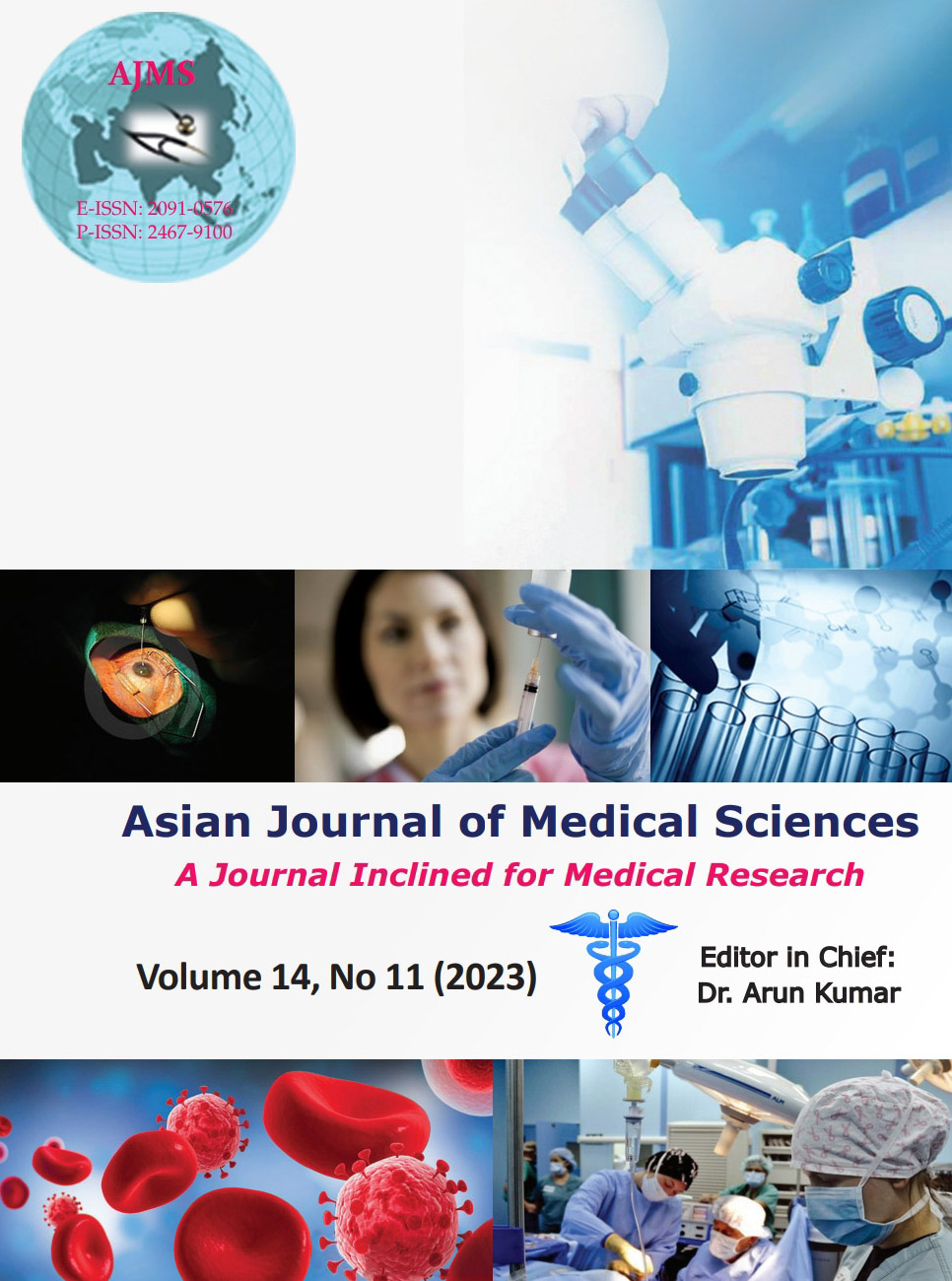A preclinical study of Elettaria cardamomum for its antianxiety activity in Wistar albino rats
Keywords:
Actophotometer; Anti-anxiety; Ethanolic extract; Elettaria cardamomum; Elevated plus maze; Light and dark arena; Locomotor activity; Open field; Wistar albino ratsAbstract
Background: Elettaria cardamomum, commonly known as cardamom, is one of the most widely used spices worldwide and is conventionally well known for its effects on the central nervous system (CNS) as a food additive.
Aims and Objectives: This study was carried out to assess the ethanolic extract of E. cardamomum (EEEC) for its CNS activity in rats. The purpose of this study was to validate the traditional use of E. cardamomum as an antianxiety agent.
Materials and Methods: The elevated plus maze and light–dark arena models were used to evaluate its anxiolytic activity. The open field test and actophotometer were used for assessing its effect on locomotor activity. The experiments were performed in Wistar albino rats of either sex after grouping the animals into three different groups. Twelve animals per group were used. Distilled water (10 mL/kg) was used as Control and Diazepam (1 mg/kg) were used as standard drugs for the respective tests.
Results: EEEC (at a dose of 100 mg/kg) has shown anxiolytic and reduced locomotor activity.
Conclusion: The results of this study indicate that EEEC has anxiolytic and sedative effects, similar to benzodiazepine and possibly similar mechanisms.
Downloads
Downloads
Published
How to Cite
Issue
Section
License
Copyright (c) 2023 Asian Journal of Medical Sciences

This work is licensed under a Creative Commons Attribution-NonCommercial 4.0 International License.
Authors who publish with this journal agree to the following terms:
- The journal holds copyright and publishes the work under a Creative Commons CC-BY-NC license that permits use, distribution and reprduction in any medium, provided the original work is properly cited and is not used for commercial purposes. The journal should be recognised as the original publisher of this work.
- Authors are able to enter into separate, additional contractual arrangements for the non-exclusive distribution of the journal's published version of the work (e.g., post it to an institutional repository or publish it in a book), with an acknowledgement of its initial publication in this journal.
- Authors are permitted and encouraged to post their work online (e.g., in institutional repositories or on their website) prior to and during the submission process, as it can lead to productive exchanges, as well as earlier and greater citation of published work (See The Effect of Open Access).




